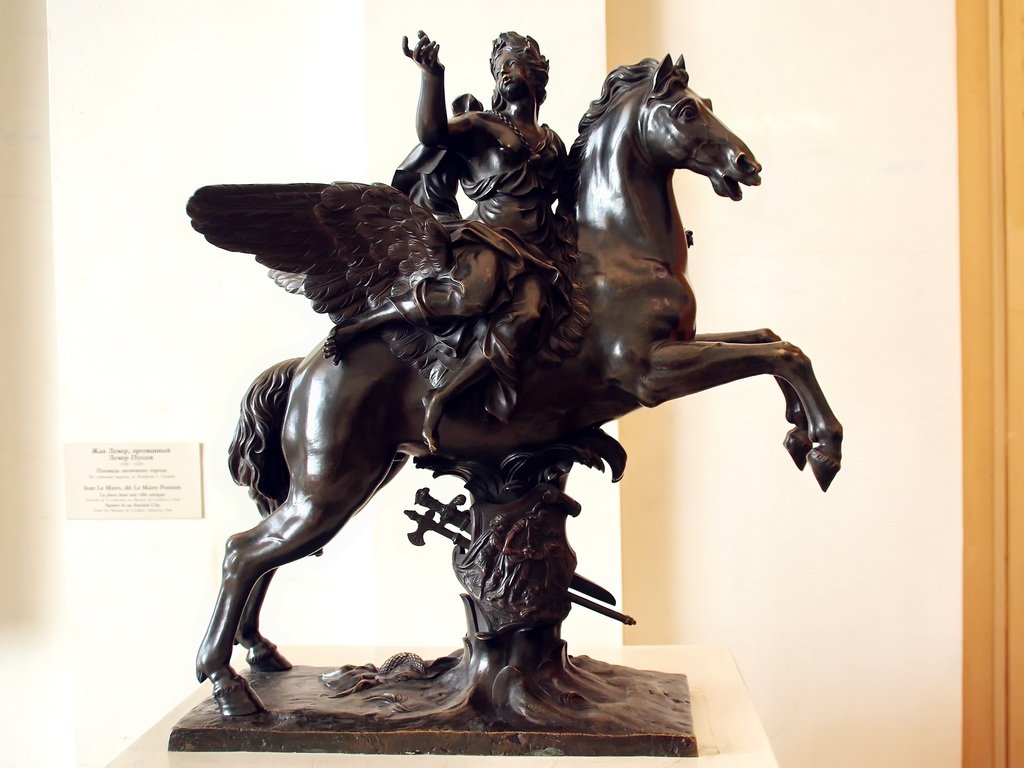When it comes to sculptures, many people can be forgiven for thinking that bronze is related to marble. Remember that bronze is usually more related to public monuments than fine art.
On the other hand, marble can be considered to be the medium of the Ecstasy of St Theresa, David, and Venus de Milo. But this has not always been the case.

For many years, bronze represented the suitable medium for sculpture and most artists favor it because it’s rich in color, versatile, and can achieve the finest of details.
You can find some of the first well-known sculptures including animal sculptures that were done using bronze. This post explains what you need to know about bronze sculptures.
A Bronze Sculpture
A bronze sculpture is also known as bronze and it refers to a three-dimensional piece of art that can be made by pouring molten bronze into molds just before it solidifies.
You should note that bronze is an alloy of tin and copper that is produced by heating the two metals and allowing them to cool. Today, metal is considered to be bronze only when it follows a ratio of 12 percent tin and 88 percent copper.
In the past, the composition of bronze tended to vary a lot. The earliest bronze sculptures were made from arsenic and bronze, though some ancient bronze sculptures have shown that they were made of brass, which is an alloy of zinc and copper.
Bronze sculptures can be made through a process called casting. In this process, the manufacturers pour molten metal into molds and leave it to solidify.
Remember that casting is quite different from the carving and chiseling techniques associated with marble sculptures, or the modeling related to ceramics, though it can be utilized to achieve the same effects.
Read Also:
The Popularity of Bronze Sculptures
For sculptors and artists, bronze is a great medium they can use to make sculptures. Marble can be hard to work with and is easy to damage and break while bronze is a ductile and hard metal.
Many people also prefer to use bronze compared to other metals in the casting process because they can achieve consistency and detail. While molten bronze is solidifying in a mold, it can slightly expand. As a result, this allows the sculptures to capture every detail of the mold.
Likewise, while it’s cooling further, it can once again contract, so this allows the sculptures to easily remove the mold.
You should remember that this depends on how your mold is made, and you can sometimes reuse some molds. Simply put, bronze sculptures are not like stone sculptures, so they can easily be reproduced.
Above all, bronze is liked by sculptures and artists as it has rich coloring. In the long run, bronze can develop a unique burnish or patina to give most bronze sculptures the intensity that many people love.
Aside from being patinated, bronze sculptures can also be silvered to make silvered bronze as well as gilded to produce ormolu or gilt bronze. This gives it a wide range of uses, such as clock-making, furniture, jewelry, and many more.









